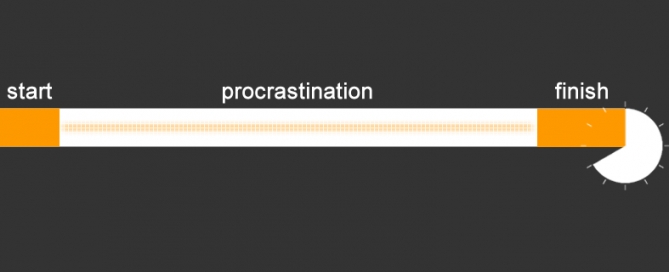For students who have trouble regulating their attention, the digital landscape is a double-edged sword. Apps, dictation, automatic reminders, writing and editing programs, and a host of other helpful products and services can help those students create structure to strengthen their weakest cognitive abilities. But the opportunities for engagement offered by so many technology devices—texting, gaming, streaming, and social media—present powerful distractions that can undermine academic progress and benefits.
Current research shows that “multitasking” is a myth, and that students who learn to switch back and forth quickly between tasks are really reducing their ability to focus on either task at hand. That’s a problem, because the capacity to concentrate is a strong predictor of health, career achievement, and economic success.1 Without the ability to pay attention, students struggle to understand concepts in depth.
What can parents and teachers do to help students maintain focus in an age of unlimited engagement?
Try to designate regular two- to three-hour breaks from technology that give them the ability to overcome their initial boredom and immerse themselves fully in a task. Daily exercise is also important—a brisk walk, a round of yoga, or half an hour of dancing clears the mind, eliminates distractions, and improves health and brain function. Experts also recommend teaching children to practice mindfulness, pausing for 15 to 20 minutes each day to take a break and concentrate deeply on the moment at hand.
At Evoke, we help our clients learn to balance the craving for instant gratification with the ability to attend to important projects, content, and deadlines. Contact us to learn more.
1Schwartz, Katrina. “Age of Distraction: Why It’s Crucial for Students to Learn to Focus.” MindShift. N.p., 5 Dec. 2013. Web. 12 Feb. 2017.
')}



